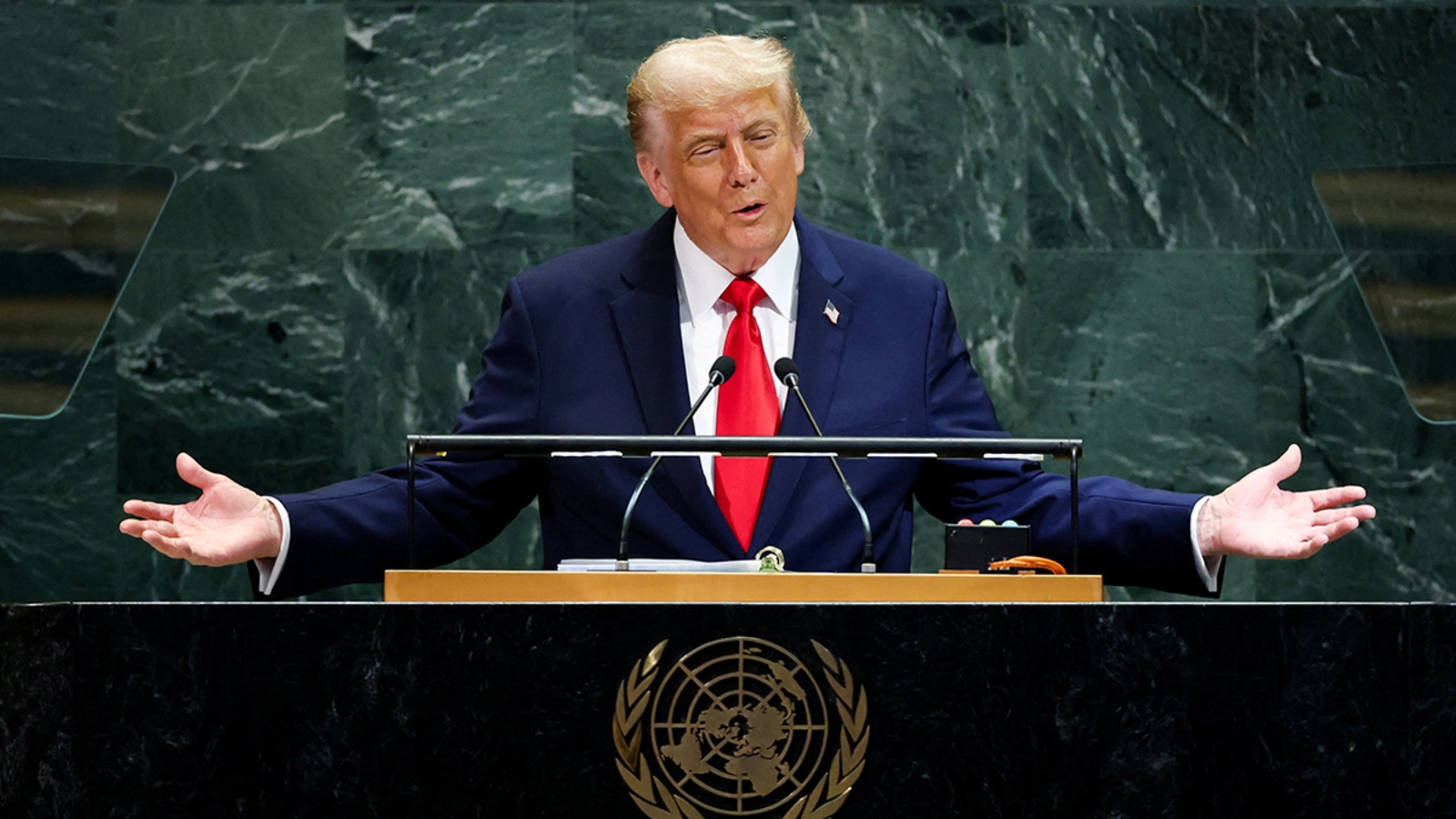When Trump Ridicules Climate Science, the World Pays the Price

When the President of the United States took the stage at the United Nations General Assembly recently, his words were not about solidarity or urgency. Instead, he repeated his long-standing claim that climate change was nothing more than a “hoax” and a “con job.” He mocked renewable energy, cast doubt on scientific predictions, and ridiculed global agreements.
Such rhetoric may sound familiar, but it comes at a dangerous time. The planet is already experiencing the costs of a warming world. From record heatwaves to unpredictable rainfall and stronger storms, the signs of change are visible everywhere. Yet when a major economy and historic polluter dismisses the science, it risks slowing down the collective.
Wrong claims and real facts
What made the President’s speech particularly damaging was not only its tone but its content. He claimed that climate models had repeatedly been wrong, when in fact decades of data show that projections have largely matched observed warming trends. He said renewable energy would “destroy economies,” despite evidence that solar, wind, and battery technologies are often cheaper than fossil fuels. He argued that the world was not warming as fast as predicted. In saying so, he ignored records that showed the past eight years had been the hottest ever documented. He suggested that weather extremes were exaggerated, while communities across the globe are dealing with once-in-a-century floods, deadly heatwaves, and crop failures. These are not small errors but direct contradictions of well-established science, repeated on one of the world’s most important diplomatic stages.
A global call for responsibility
In contrast, the United Nations continues to call for urgent action. It has recently highlighted the need to accelerate emission cuts and strengthen support for vulnerable communities. The message was clear. Climate change is here, and it is hitting the poorest and most exposed the hardest.
The UN has also been working on creating stronger global frameworks to ensure accountability. New rules for carbon markets under the Paris Agreement were recently agreed upon. These include rigorous checks on how projects measure their impact and safeguards to prevent double-counting of emission reductions. The aim is to ensure that every credit traded in global carbon markets represents a real and verifiable reduction in greenhouse gases.
Such measures may sound technical, but they are crucial. They make sure that climate action translates into measurable results.
India’s step forward
India recently set up a National Designated Authority for the implementation of carbon trading under the Paris Agreement. This 21-member body will play a central role in shaping how India participates in global carbon markets.
The Authority will approve projects, recommend which sectors are eligible for trading, and ensure that emission reductions are credible and aligned with national priorities. It also bears the responsibility of maintaining records, promoting transparency, and coordinating with both domestic stakeholders and international partners.
India has reported progress on climate targets. Between 2005 and 2020, the country reduced the emissions intensity of its GDP by 36 percent. The share of non-fossil fuel sources in electricity generation capacity has already crossed 47 percent, moving toward the goal of 50 percent by 2030. These numbers show that India is trying to grow while decarbonizing, though challenges remain in coal-heavy power, transport, and agriculture.
What more must India do?
Progress on paper is important, but the ground reality is forcing a harder conversation. India has been hit by extreme weather this year. Cloudbursts in the Himalayas, record-breaking monsoon rains in central states, prolonged droughts in others, and heatwaves have pushed infrastructure and health systems to the brink. These are disrupting lives, livelihoods, and ecosystems.
India will need to go beyond emission targets and carbon markets. Adaptation must become a core national priority. This means investing in flood-resilient infrastructure, strengthening early warning systems, redesigning cities to handle extreme rainfall, and supporting farmers with climate-smart practices. It also means protecting groundwater, restoring degraded forests, and ensuring that vulnerable communities receive financial and technical support. Rural regions will need better crop insurance and resilient seed varieties. Urban areas will need stronger drainage systems, cooler housing designs, and public health measures to deal with heat stress.
Equally important is public awareness. Policies cannot succeed if citizens do not understand why they matter. Schools, media, and local institutions have a role to play in spreading climate literacy. A culture of sustainability, a lesson on reducing waste to conserving energy, can amplify government action. India’s choices will shape not only its own future but also the credibility of global climate cooperation, given its scale and influence.
Looking ahead
The coming decade will test whether the world listens to science or to denial. It will test whether leaders choose to build institutions that deliver solutions or dismantle the fragile consensus that exists. It will test whether countries can cooperate in good faith or retreat into short-term interests.
History will not remember the speeches of denial as much as it will remember the structures built to fight this crisis. The institutions, policies, and markets created today will shape how humanity navigates the century ahead.
The choice before the world is therefore not between science and politics. It is between denial and determination. It is between loud speeches that dismiss responsibility and quiet work that builds resilience.
